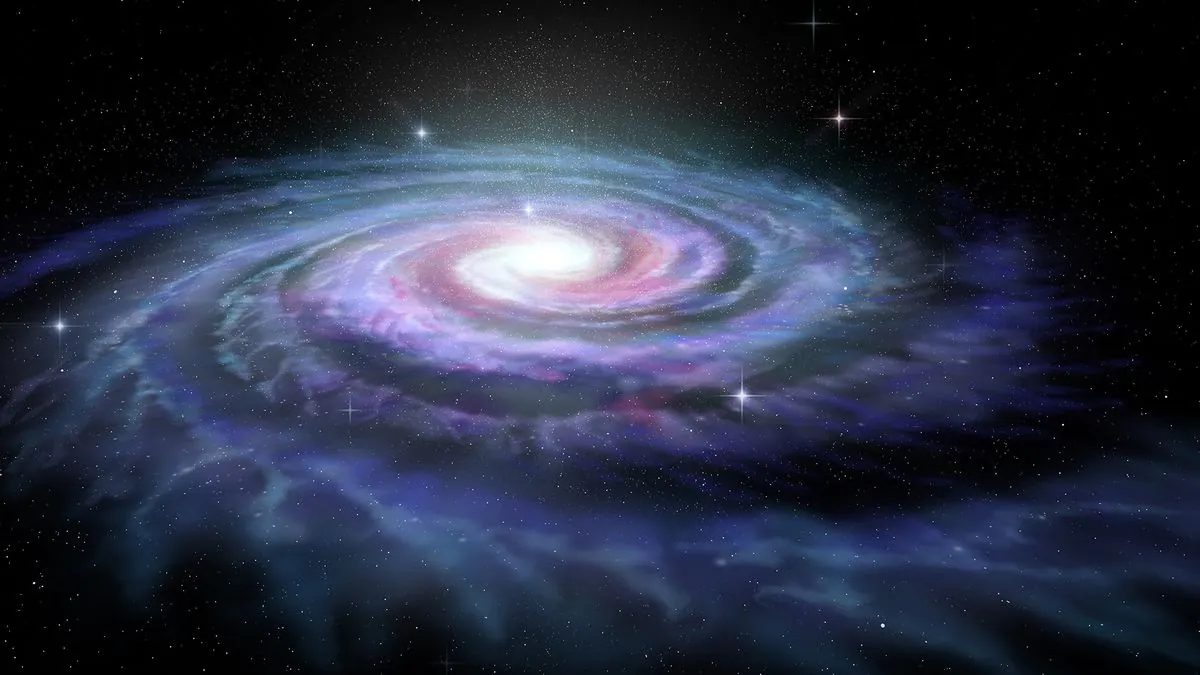
Galaxies come in a wide variety of shapes, and their stars and planets can exhibit very different behaviours. And scientists do not fully understand why the stars in some galaxies rotate in an orderly manner, while others show more chaotic movements. So they conducted a new study to discover a possible reason for this discrepancy. According to the collected data, stars in old galaxies are likely to have more chaotic motion.
“When we conducted the analysis, we found that age, regardless of how we measure it, is always the most important parameter,” the scientists say. “If you find a young galaxy, it will rotate no matter what medium it’s in, and if you find an old galaxy, it will have more spontaneous orbits, regardless of whether it’s in a dense medium or a vacuum.”
The study updates our insights from previous research. They assumed that environment or mass were more important factors in the chaotic rotation of stars, but in the new paper, the scientists argue that these factors are of course important, but that this rotation is largely influenced by the age of the galaxy.
“We know that age is influenced by the environment. If a galaxy falls into a dense medium, it tends to stop forming stars. Therefore, galaxies in a denser environment are older on average, scientists say. “The bottom line of our analysis is that it’s not living in a dense environment that slows them down, but the fact that they’re older.”
The researchers used data obtained with the SAMI Galaxy Survey telescope. The SAMI instrument examined 3,000 galaxies, and with this data, the team was able to compare a huge number of different types of galaxies. Their work, in turn, will help other scientists improve their models of the evolution of the universe.
Now scientists hope to expand their work, and the Hector Galaxy Survey telescope should help them in this, which will collect data on 15,000 galaxies. “Hector surveys 15,000 galaxies, but with a higher spectral resolution, which allows us to measure the age and rotation even in galaxies with a much lower mass and with more detailed information about the environment,” said the head of the Hector Galaxy Survey project, Professor Julia Bryant from the University of Sydney.
This work could have a significant impact and help the scientific community better understand how the universe evolved and ultimately how our solar system came to be.
Read also:
Leave a Reply